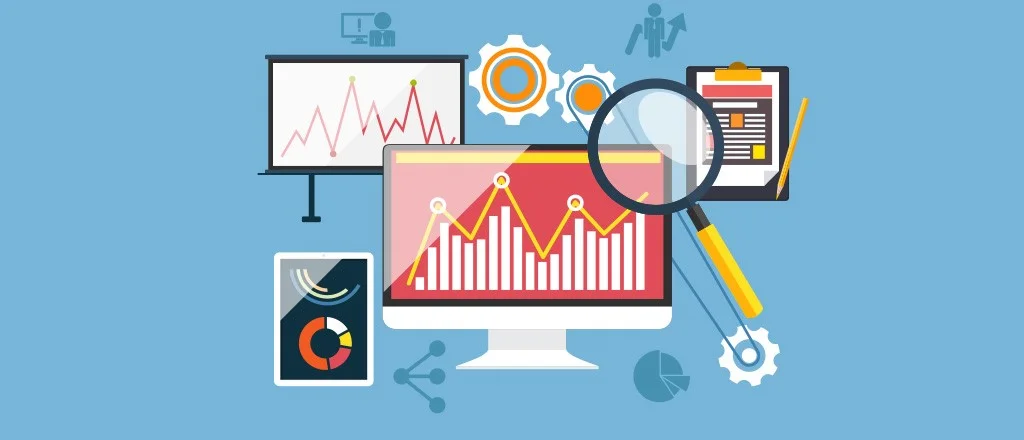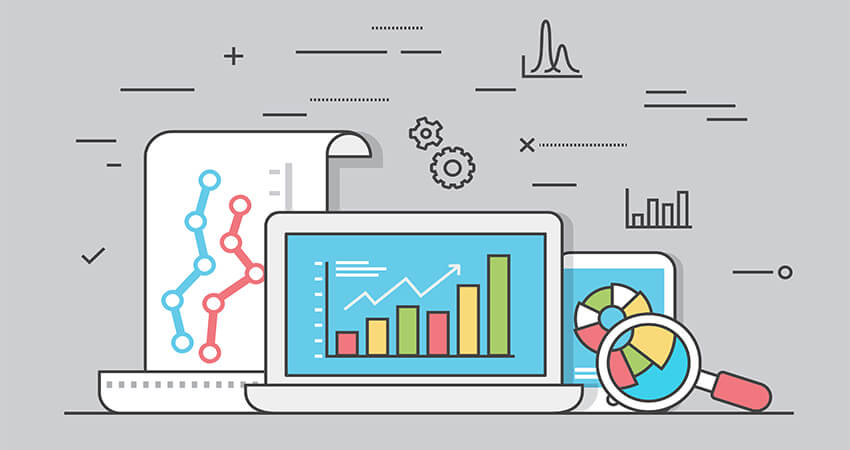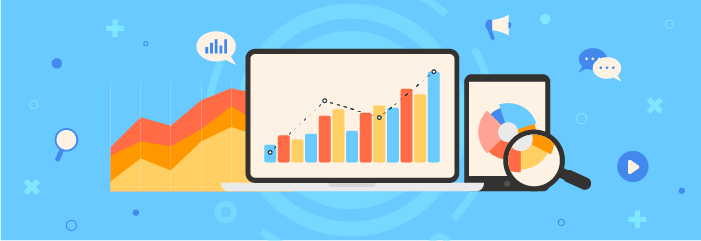
In today’s digital age, big data analytics has become a crucial aspect of numerous industries. It brings both significant benefits and poses certain challenges. Let’s explore its applications, future prospects, benefits, and obstacles.
1. Applications of Big Data Analytics
- Business and Marketing
- Customer Segmentation: Analyze customer data to divide them into different groups based on their behavior, preferences, and demographics. For example, an e-commerce company can identify high-value customers and target them with personalized offers.
- Sales Forecasting: Use historical sales data along with market trends to predict future sales. Retailers can adjust their inventory levels and marketing strategies accordingly.
- Healthcare
- Disease Prediction: By analyzing patients’ medical records, lifestyle factors, and genetic data, healthcare providers can predict the risk of certain diseases. This helps in early intervention and preventive care.
- Treatment Optimization: Big data analytics can assist doctors in choosing the most effective treatment plans by comparing outcomes of similar cases.
- Finance
- Fraud Detection: Monitor financial transactions for unusual patterns and detect fraudulent activities promptly. Banks can protect customers’ accounts and prevent financial losses.
- Risk Assessment: Evaluate the creditworthiness of borrowers and assess investment risks based on a vast amount of financial data.
2. Future of Big Data Analytics
- Increased Integration with AI and ML
- Big data analytics will work more closely with artificial intelligence and machine learning. For instance, AI algorithms will be able to analyze complex datasets faster and make more accurate predictions.
- This combination will enable the development of advanced chatbots for customer service and more precise disease diagnosis in healthcare.
- Expansion in IoT Applications
- With the growth of the Internet of Things (IoT), big data analytics will handle and analyze the massive amount of data generated by connected devices. In smart cities, it can optimize traffic flow based on data from sensors on roads and vehicles.
- Manufacturers can use IoT data analytics to improve production processes and predict equipment failures.

3. Benefits of Big Data Analytics
- Improved Decision Making
- Provide businesses and organizations with comprehensive insights. Managers can make informed decisions backed by data, such as launching new products or entering new markets.
- In government, it helps in formulating effective policies based on analyzing social and economic data.
- Enhanced Customer Experience
- Personalize services and products for customers. Streaming platforms can recommend shows or movies based on users’ viewing history, increasing user satisfaction and loyalty.
- Retailers can offer a seamless shopping experience by predicting customers’ needs and preferences.
4. Challenges of Big Data Analytics
- Data Quality and Security
- Ensuring the accuracy, completeness, and consistency of data is a challenge. Inaccurate data can lead to wrong analyses and decisions.
- Protecting sensitive data from breaches is crucial as big data involves a lot of personal and confidential information. Cybersecurity measures need to be constantly strengthened.
- Skills Gap
- There is a shortage of professionals with the right skills in big data analytics. Companies struggle to find experts who can handle data processing, analysis, and interpretation.
- Training and educating more people in this field is necessary to meet the growing demand.

In conclusion, big data analytics has wide-ranging applications and a promising future with numerous benefits. However, we must also address the challenges it presents to fully leverage its potential and ensure its responsible and effective use in different sectors.




